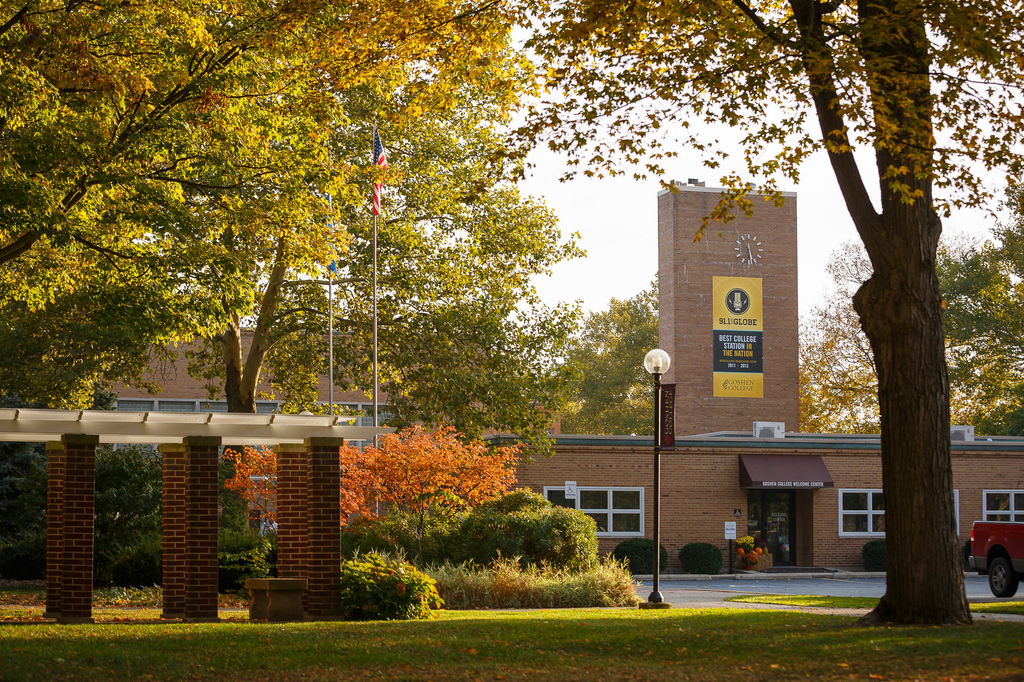January 2002 In This Issue
IN THIS ISSUE
For centuries, groups descended from the Anabaptist movement of the sixteenth century have stubbornly promoted the cause of pacifism within the Christian faith and to the broader world. To be sure, their witness to nonviolence has not always been coherently argued or consistently practiced, but for nearly five hundred years they have managed to keep alive an understanding of the gospel that cannot be reconciled with lethal violence, no matter how justifiable its practice may seem in any particular context.
For much of this history, Anabaptist-Mennonites have defended their position by simply appealing to the literal teachings of Jesus and to the practice of the early church in the first two or three centuries of its existence. However, with the advent of democratic polities, citizen armies and the seemingly “just” wars of the twentieth century, Mennonites in North America began to reflect more systematically about the theological foundations of their position. The past fifty years have witnessed a flowering of literature-both academic and popular-in which apologists for pacifism have articulated their position with increasing sophistication and nuance.
On June 24-29, 2001 representatives of the so-called Historic Peace Churches-Mennonites, Quakers and Church of the Brethren-met at the Bienenberg retreat center in Liestal, Switzerland for an international consultation on “Theology and Culture: Peacemaking in a Globalized World.” The gathering featured participants from more than a dozen countries and included a healthy blend of biblical scholars, theologians, church workers and peace activists. This special issue of the MQR features a number of papers presented at this consultation.
Two biblical studies open the volume. Neal Blough, director of the Parisian Mennonite Centre and professor of church history, reinterprets the familiar story of the tower of Babel from the perspective of contemporary globalization. As an expression of technological arrogance and imperialism, the project at Babel ultimately failed; but the subsequent biblical story-beginning with the call of Abraham and Sarah-offers a consistent record of God’s noncoercive invitation to restore unity amidst the pluralism and violence of human societies. Harry Huebner, professor of theology and philosophy at Canadian Mennonite University, builds on these themes in his reflections on a series of Jesus’ teachings from Luke 18. In the course of this chapter, suggests Huebner, Jesus provides the Christian community with a “grammar of memory and hope,” one that takes on concrete-even political-expression in prayer, healing and the reality of the cross and resurrection. Though their conclusions will sound familiar to those acquainted with the literature of Christian pacifism, both Blough and Huebner bring fresh readings to texts not often closely linked to the theology of nonviolence.
In a somewhat more theoretical essay, Chris Huebner, graduate student in theology and ethics at Duke University, picks up on a point first articulated by John Howard Yoder-namely, that a biblical ethic of pacifism is coherent only if it emerges out of an epistemology that is also noncoercive. Huebner explicates Yoder’s argument, rescuing it from the misreadings of recent interpreters of Yoder. Along the way he gives special attention to the notion of “gift-giving” and the virtue of patience in Yoder’s writings. In the last of the papers from the Historic Peace Church consultation, Duane Friesen challenges the notion sometimes held by Christian pacifists that a principled commitment to nonviolence must relinquish the principle of justice. To the contrary, he argues, biblical pacifism cannot ultimately be separated from a commitment to justice, though it should be wary of appeals to violence as a “last resort” means of securing justice. Friesen is professor of Bible and Religion at Bethel College (KS).
The following essay by Keith Graber Miller, professor of Bible, Religion and Philosophy at Goshen College, links the biblical and theoretical essays on peacemaking from the HPC consultation to an analysis of actual practice among contemporary Mennonites. Focusing his research on faculty and administrators at four Mennonite colleges, Graber Miller asks whether Mennonite educators are more, or less, socially and politically engaged now than they were in the 1960s and 1970s. His quantitative study, bolstered with extensive interviews, raises a series of interesting questions about the appropriate definition of activism, the nature of institutional support for faculty activism and current practices in an increasingly complex world.
Finally, two extended “review essays” complement the articles gathered here, broadening the scope of the contemporary discussion. J. Robert Charles offers a thoughtful survey of contemporary Mennonite peace theology, based on his reading of four recent publications, all of which reflect the more activist mode of engagement prominent in recent years; and Thomas Finger provides MQR readers with an appreciative critique of the theology of James Wm. McClendon. McClendon’s recently published volume, Witness, completed shortly before his death, brings to a conclusion his systematic survey of baptist theology.
The essays gathered in this special issue are certainly not an exhaustive survey of contemporary debates about Anabaptist-Mennonite peace theology. However, they do offer a sampling of the rich and dynamic conversation currently underway. For a more complete overview of that conversation, MQR readers should watch for the edited volume of papers from the Bienenberg consultation that conference organizers will be publishing in the coming year.
– John D. Roth, editor
6
The Mennonite Quarterly Review
5
3




